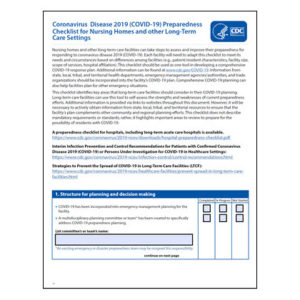Palliative care conversations crucial to ensuring choices
A new British study reinforces what American palliative care organizations have been saying for years: Too many patients nearing the end of life are failing to seek palliative care because they don’t understand adequately their prognoses or the palliative services available to them.
The study, published in the NIHR Journals Library, revealed that many patients nearing their final months crave deeper conversations with doctors and nurses about their quality-of-life expectations but that many professional clinicians don’t initiate conversations about care options.
The research, which involved 500 patients and 50 medical professionals at two British hospitals, also revealed a clear need to increase palliative care services and education within acute care settings—including providing better education for medical professionals on how to discuss prognoses and care options with their patients.
“Most people want to make choices about the care and treatment they receive at the end of life,” said Christine Ingleton, professor of palliative care nursing at the University of Sheffield and principal investigator of the study, in a university release about the research. “However, our research shows that a failure on the part of health professionals to discuss prognosis and goals of care means that many are not given this opportunity. Only a small minority of patients [in the UK] will receive care from specialist palliative care clinicians; most will be cared for by non-specialists.”
According to the 2013 Facts and Figures report from the National Hospice and Palliative Care Organization (NHPCO), the use of hospice services (3 days or more) by Medicare beneficiaries has gradually increased since 2001, with the most significant uptick in services for those with cancer or dementia. In 2012, more than 83 percent of hospice patients were age 65+, with more than a third surpassing age 85.
The most recent NHPCO data shows that most hospice services are delivered in the home (66%) or in a private residence (41.5%), but many services also are delivered in dedicated hospice facilities (27.4%) and skilled nursing facilities (17.2%).
Related articles:
Have the conversation everyone avoids
Seniors lacking in communication of end-of-life wishes: survey
Celebrating the angels of end-of-life care

Pamela Tabar was editor-in-chief of I Advance Senior Care from 2013-2018. She has worked as a writer and editor for healthcare business media since 1998, including as News Editor of Healthcare Informatics. She has a master’s degree in journalism from Kent State University and a master’s degree in English from the University of York, England.
Related Articles
Topics: Alzheimer's/Dementia , Clinical , Executive Leadership











